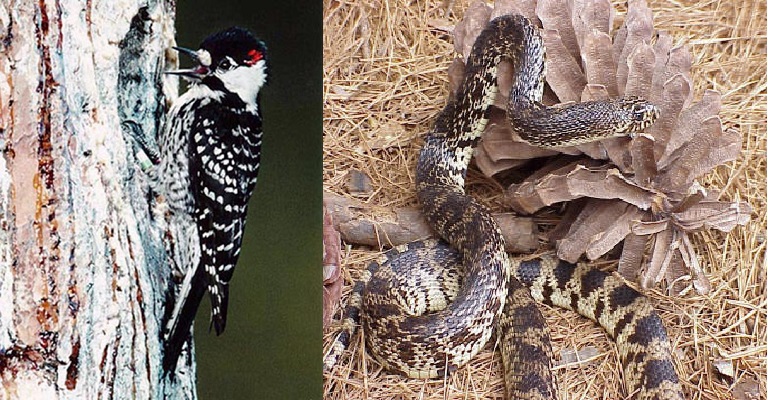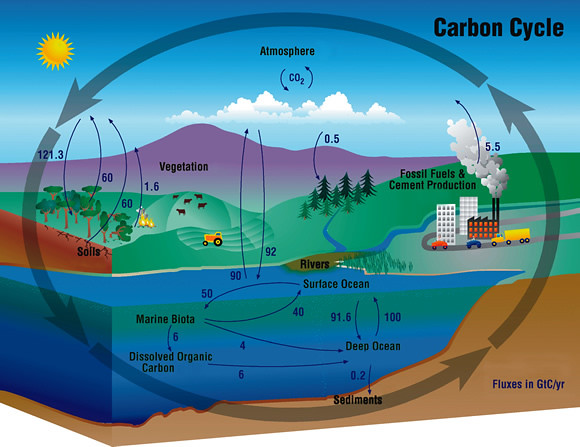
The U.S. Forest Service manages approximately 675,000 acres of public land in east Texas. These lands make up the National Forests and Grasslands in Texas (NFGT). These acres are home to rare birds and plants, boast unique habitats, minimize carbon pollution naturally and are recreational destinations. The NFGT are ecologically, culturally and economically significant to Texas. Therefore, it is important to ensure that the best decisions possible are made when planning for the NFGT’s future.
This Spring you, the users and visitors of our forests and grasslands, have an opportunity to voice your opinions on the Forest Service’s management of the National Forests and Grasslands in Texas. Between March 20 and April 6, 2017 the Forest Service will be hosting six public meetings to discuss revisions to the NFGT’s Forest Plan. This is your chance to guide the future of your National Forests and Grasslands.
What’s Special About These Places?
The National Forests and Grasslands in Texas were established in 1934, 1935, and 1937. They are made up of four National Forests: Angelina, Davy Crockett, Sabine, and Sam Houston National Forests and the Caddo- Lyndon B. Johnson National Grassland. These five areas are home to nine unique habitats and at least three rare or endangered species. One important habitat is the Baygalls, an important scrub-shrub or forested wetlands that indicate groundwater seepage. Another is the endangered Longleaf Pine Forests, which provide habitat for the endangered Red-Cockaded Woodpecker (left). The Louisiana Pine Snake (right), one of the rarest snakes in North America is found in Angelina and Sabine National Forests. Bald Eagles also call these places home.

Forests and grasslands also take in atmospheric carbon and store it in their biomass. This natural process helps reduce carbon dioxide that contributes to climate disruption.  Additionally, the National Forests and Grasslands in Texas host a number of recreational opportunities and special places. The 30-mile Trail Between the Lakes, Lone Star Hiking Trail (hiking image), Old Aldridge Sawmill, wilderness areas, campgrounds, and lakes are all found across the four national forests and one grassland. The NFGT are an ecological haven of extraordinary habitats for rare species. They are culturally important as places of wild beauty and recreation. They are also economically important due to the amount of carbon they sequester and the economic benefits of outdoor recreation.
Additionally, the National Forests and Grasslands in Texas host a number of recreational opportunities and special places. The 30-mile Trail Between the Lakes, Lone Star Hiking Trail (hiking image), Old Aldridge Sawmill, wilderness areas, campgrounds, and lakes are all found across the four national forests and one grassland. The NFGT are an ecological haven of extraordinary habitats for rare species. They are culturally important as places of wild beauty and recreation. They are also economically important due to the amount of carbon they sequester and the economic benefits of outdoor recreation.
Time to Step Up For Our Forests
The U.S. Forest Service revises Forest Plans, a natural area management manual, for the public areas it manages every 10 to 15 years. Yet the current NFGT Forest Plan is 21 years old, making it overdue for revisions. The revision process takes four years to complete and starts this Spring with the assessment phase.
This is your chance to engage with the decision makers at the Forest Service. They will host six public meetings over the next two months:
March 20 - Decatur Civic Center
March 22 - San Augustine Chamber of Commerce
March 27 - North Montgomery County Community Center
March 28 - Sabine Ranger Station
April 05 - Davy Crockett Ranger Station
April 06 - Pitser Garrison Convention Center
All meetings will take place between 6pm and 8pm. More information about the Forest Plan revision process and the public meetings can be found on the Forest Service website, and under the Resources tab.
Image Credits: USDA Flickr, Fish and Wildlife Service, Daniel Saenz- FS, NASA, Pixabay